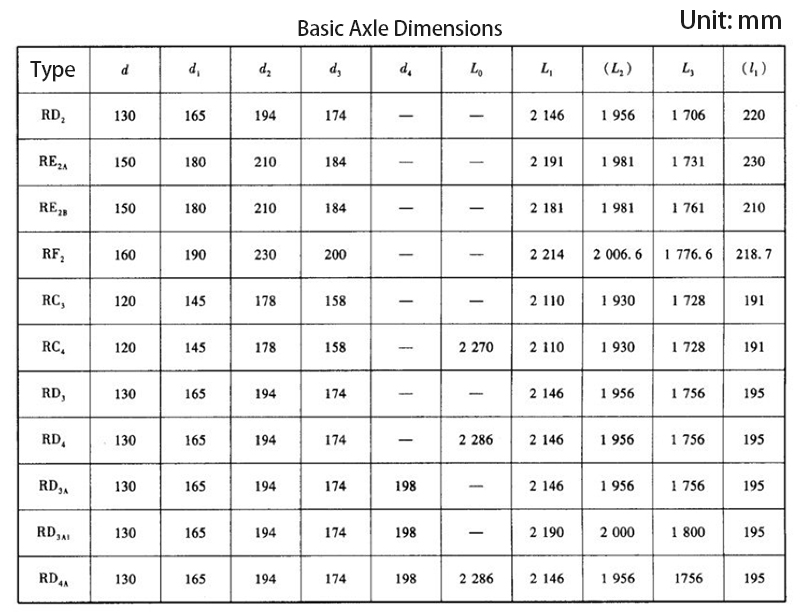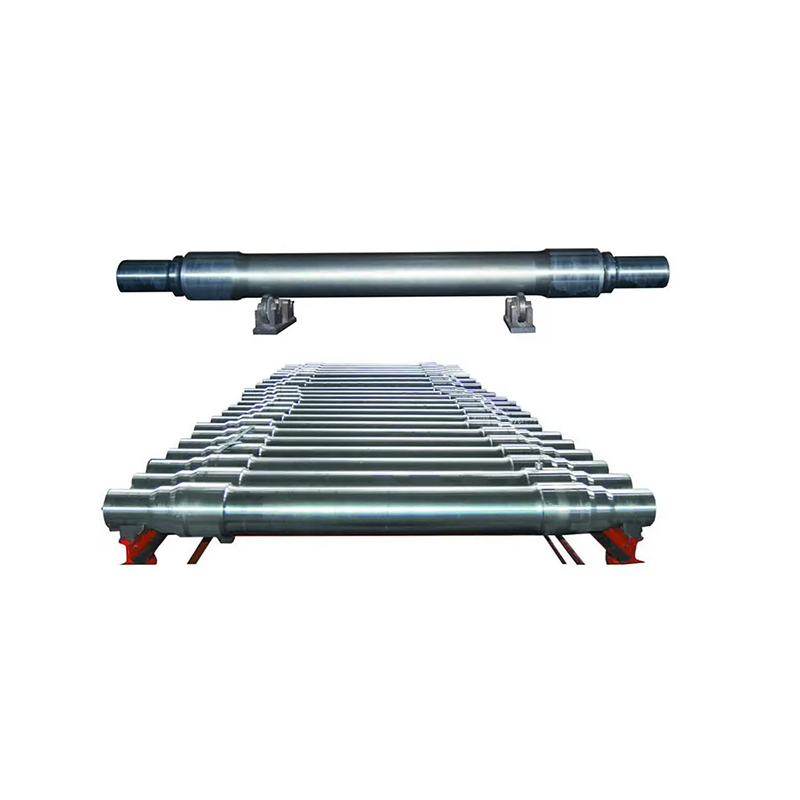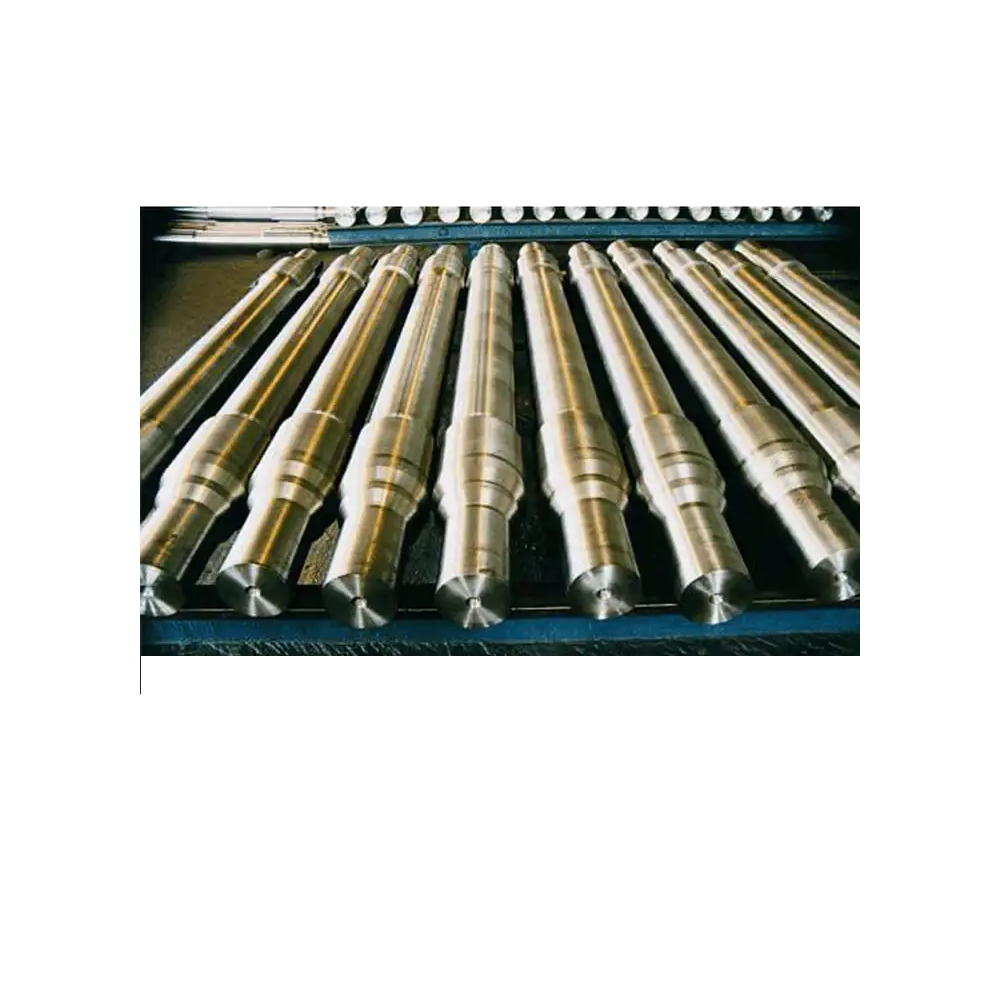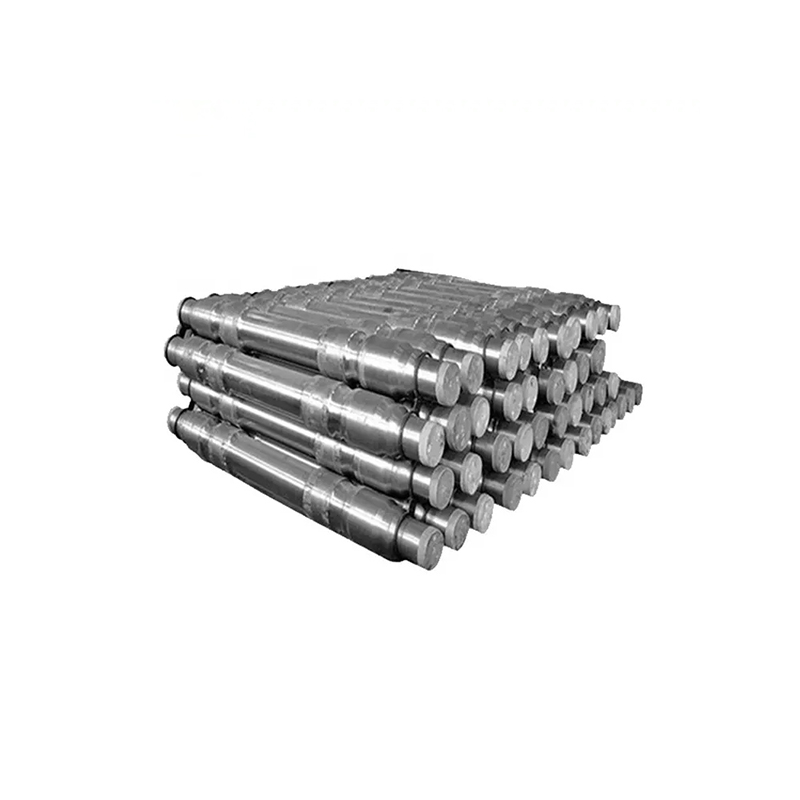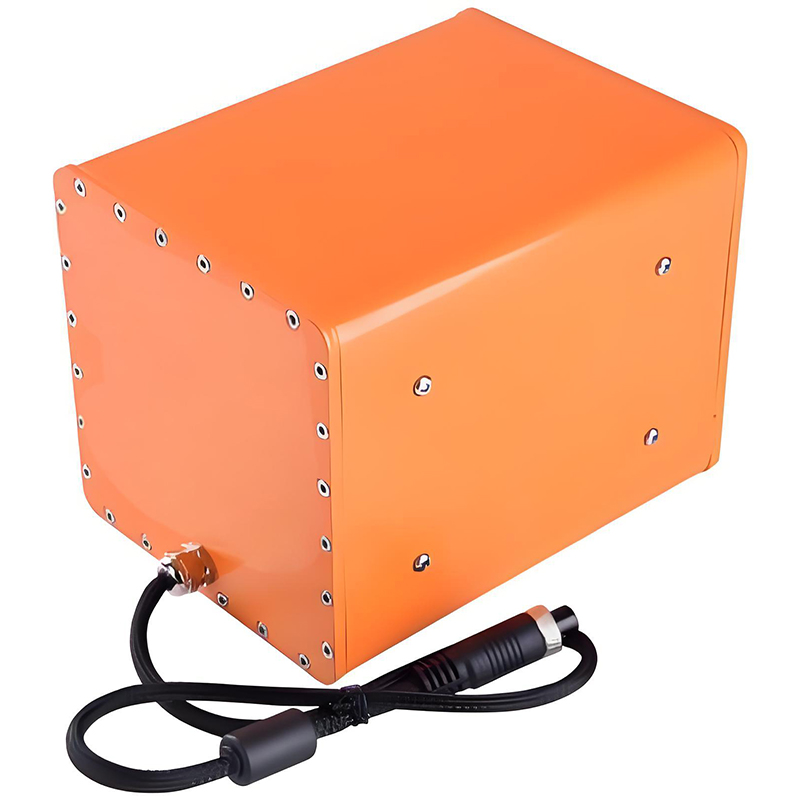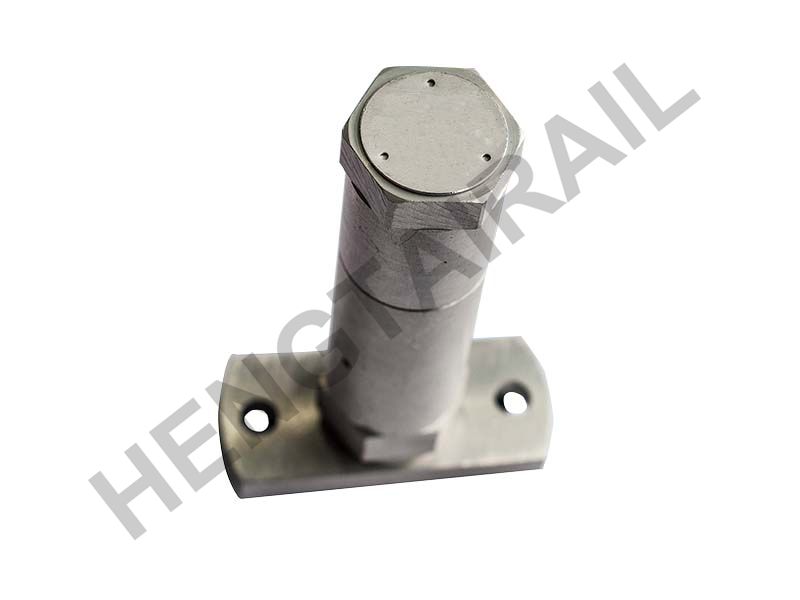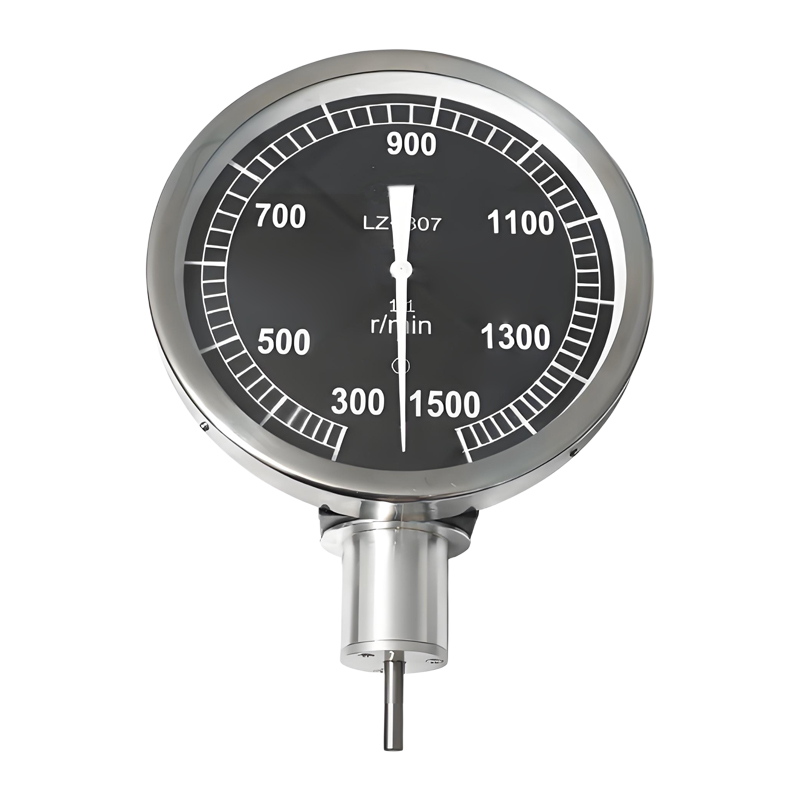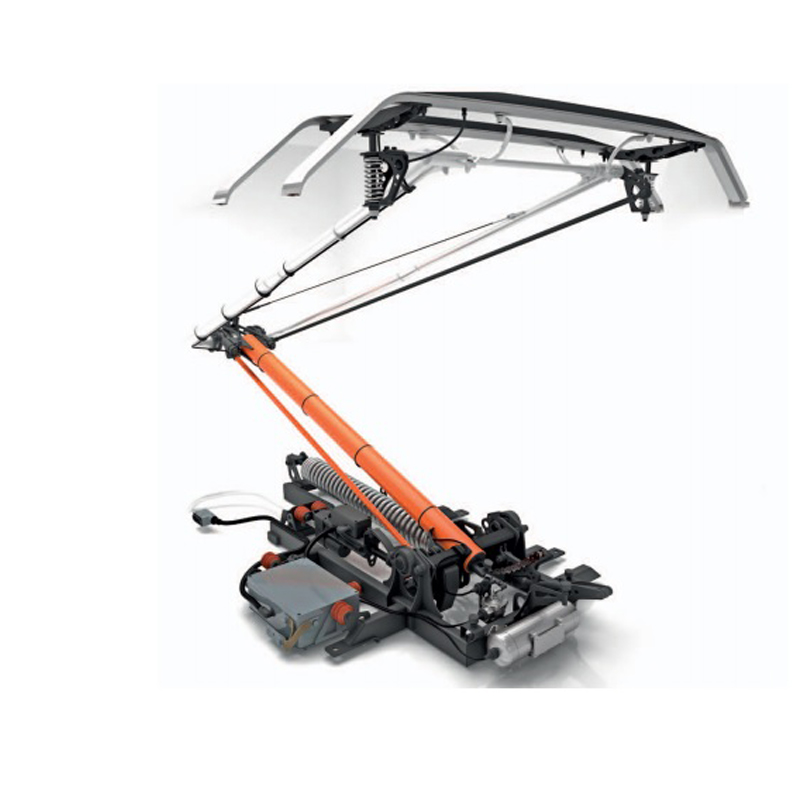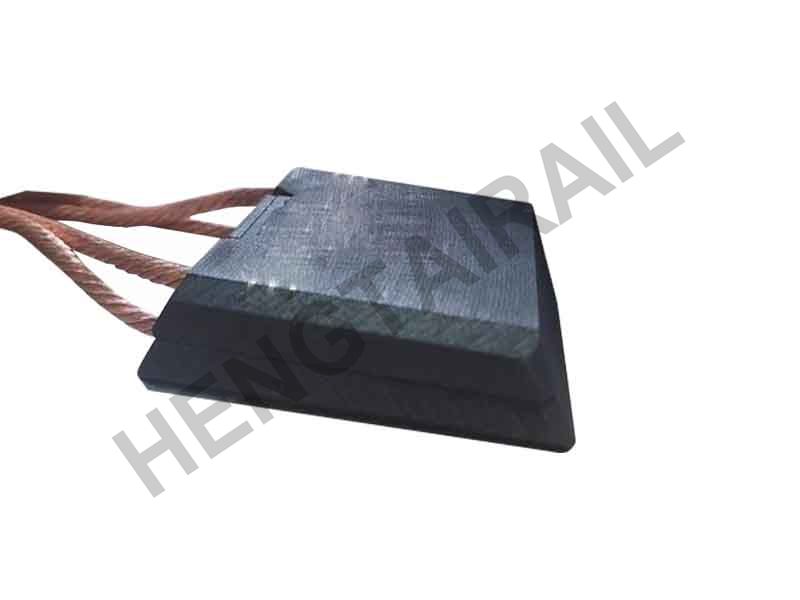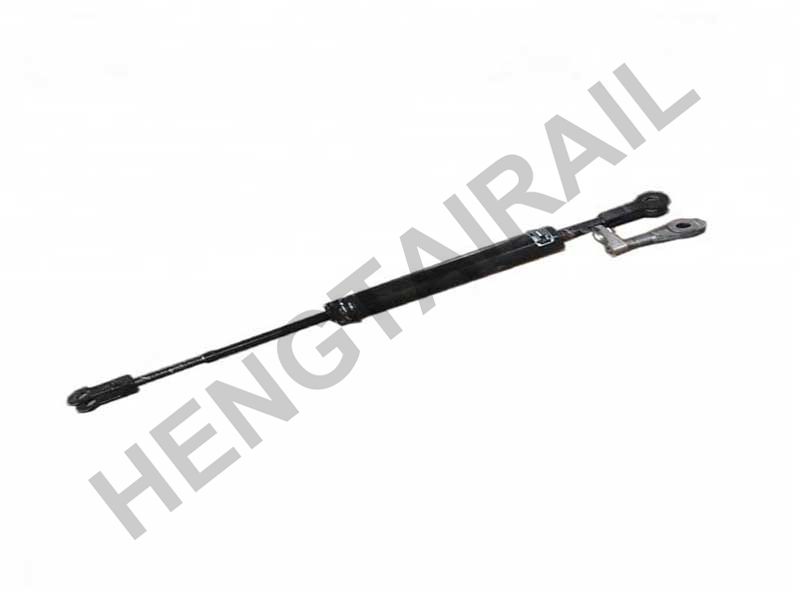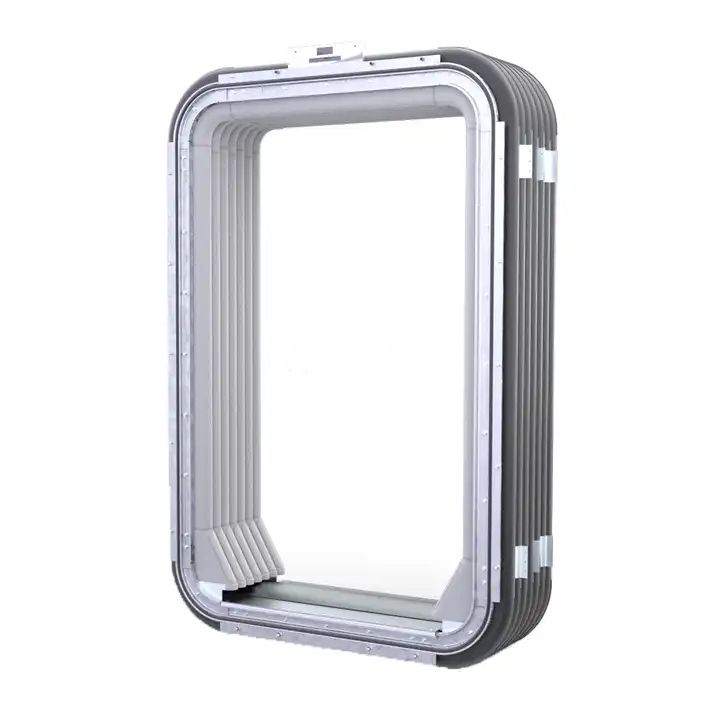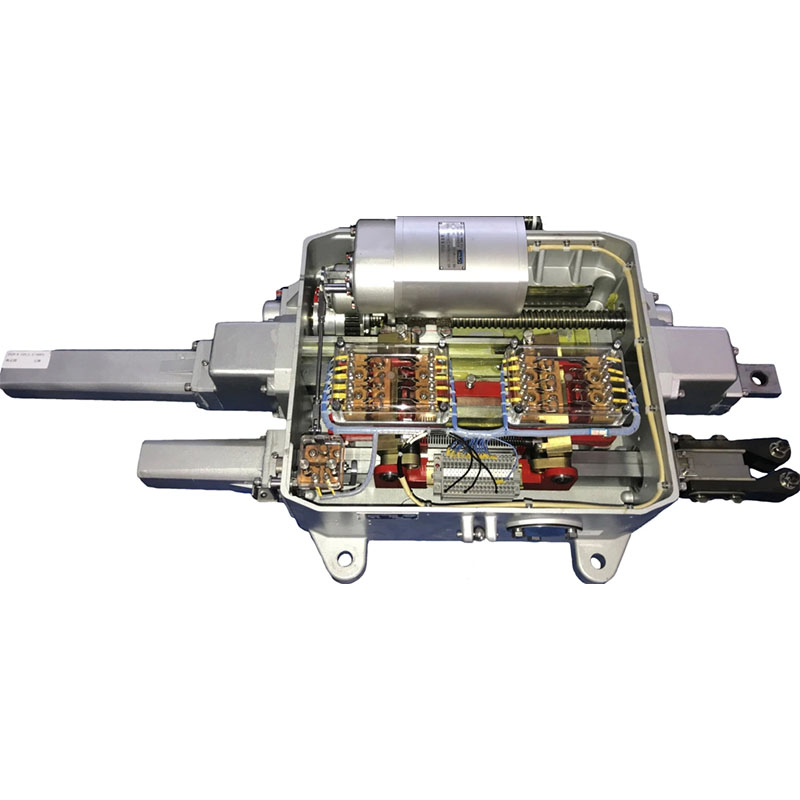The train axle is a core component that connects and secures the wheels, primarily responsible for supporting the vehicle's weight, transmitting power (for driven axles), maintaining stable wheel spacing, and ensuring smooth wheel rotation. Its strength and reliability are critical to the safety and efficiency of train operation.
Material Grade | Lower Yield Strength | Tensile Strength | Elongation | Reduction of Area | Impact Absorption Energy KU₂/J | Impact Absorption Energy KU₂/J | ||
Longitudinal | Transverse | Longitudinal | Transverse | |||||
25CrMoA | ≥420 | 650~800 | ≥18 | ≥60 | ≥50 | ≥25 | - | - |
30CrMoA | ≥420 | 650~800 | ≥18 | ≥60 | ≥50 | ≥25 | - | - |
35CrMoA | ≥421 | ≥647 | ≥17 | 53 | 42 | 20 | - | - |
42CrMoA | ≥510 | 730~880 | ≥14 | ≥50 | ≥25 | ≥13 | - | - |
30CrNi3MoV | ≥850 | 950~1079 | ≥15 | 60 | ≥50 | ≥30 | ≥40 | ≥25 |
· Exceptional Mechanical Strength: Special alloy compositions (e.g., chromium, molybdenum, vanadium) significantly enhance tensile strength and fatigue resistance, enabling them to withstand heavy-load stress cycles and reducing fracture risks.
· Superior Environmental Resistance: Excellent corrosion resistance, temperature tolerance (-40°C to +60°C), and wear resistance, making them suitable for harsh conditions like coastal, Arctic, and desert environments.
· Lightweight & Cost-Effective: 15–20% lighter than standard carbon steel axles at equal strength, reducing wheel-rail energy loss and extending maintenance intervals for lower lifecycle costs.

